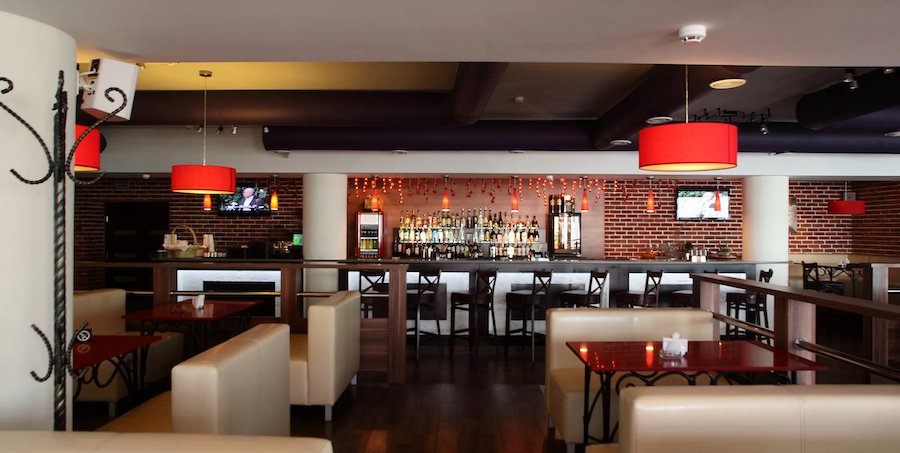Integrating Legacy Platforms with Cutting-Edge Sound Networking Solutions for Enhanced Efficiency and Adaptability.
Integrating Legacy Platforms with Cutting-Edge Sound Networking Solutions for Enhanced Efficiency and Adaptability.
Blog Article
Within today's fast-paced world of sound technologies, the requirement to improve performance and adaptability in sound systems is increasingly crucial than ever before. Many organizations and locations still rely on legacy technologies, which are older solutions that may fail to have the features of contemporary equipment. However, harmonizing these legacy technologies with cutting-edge audio communication technologies can lead to significant enhancements. Sound communication allows for improved communication between equipment, allowing it simpler to control and operate sound throughout various spaces.
A of the key benefits of integrating outdated systems with modern audio communication is increased adaptability. Conventional sound systems often require complex cabling and restricted routing options. With sound networking technologies like Dante or AVB, sound transmissions can be sent over conventional Ethernet cables. This implies that users can easily connect various devices without the requirement for extensive rewiring. Whether within a concert hall, a educational auditorium, or a business function, this flexibility enables for rapid adjustments and changes to the audio setup without significant downtime.
Quality is another major element that improves when older technologies are modernized with current communication solutions. Legacy systems may have difficulty to provide high-quality sound, particularly in larger venues or in challenging events. By adopting sound networking, organizations can leverage of sophisticated features such as low delay, synchronization, and digital data management. These advancements assist ensure that sound is distinct and uniform, enhancing the overall quality for listeners and performers alike. This shift can create a noticeable difference in the way audio is perceived in different environments.
Additionally, integrating legacy systems with contemporary solutions can lead to financial savings in the long term. Although upgrading to new devices may require an upfront cost, the efficiency gained through audio communication can lower upkeep costs and minimize the requirement for continuous fixes. Additionally, networked systems often need fewer physical space than traditional installations, which can reduce on property costs in venues. Organizations can distribute funds more effectively, using the savings they retain to allocate resources in other critical fields.
Finally, training personnel on how to use combined systems becomes simpler with sound communication. Many contemporary sound networking platforms come with user-friendly controls and remote control features. This means that including those who may lack significant technological knowledge can learn to operate and operate read this post here the sound solutions effectively. Training initiatives can be developed focused on these solutions, empowering personnel to manage and troubleshoot technologies with assurance. By combining the legacy with the modern, organizations can create a more capable and skilled workforce, ultimately leading to improved audio experiences for all involved.